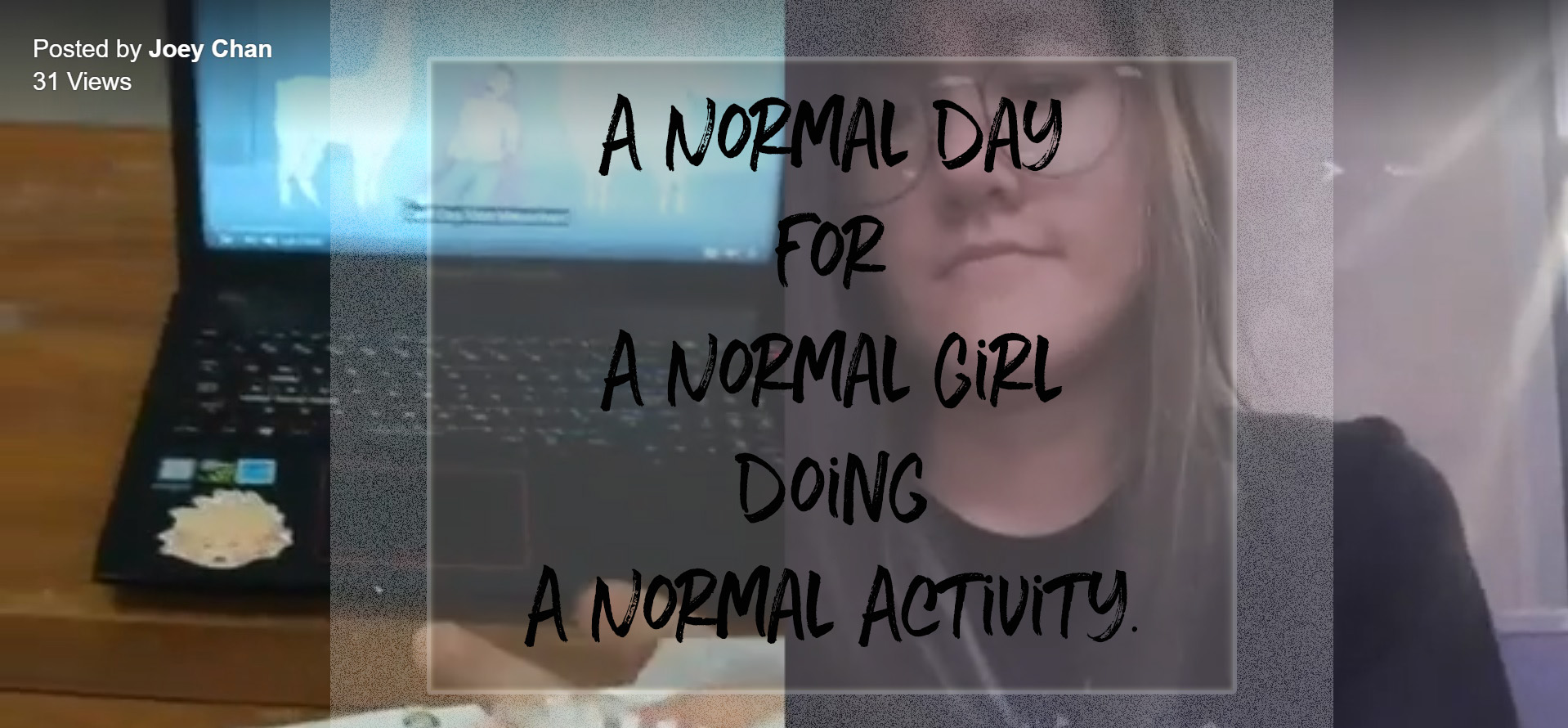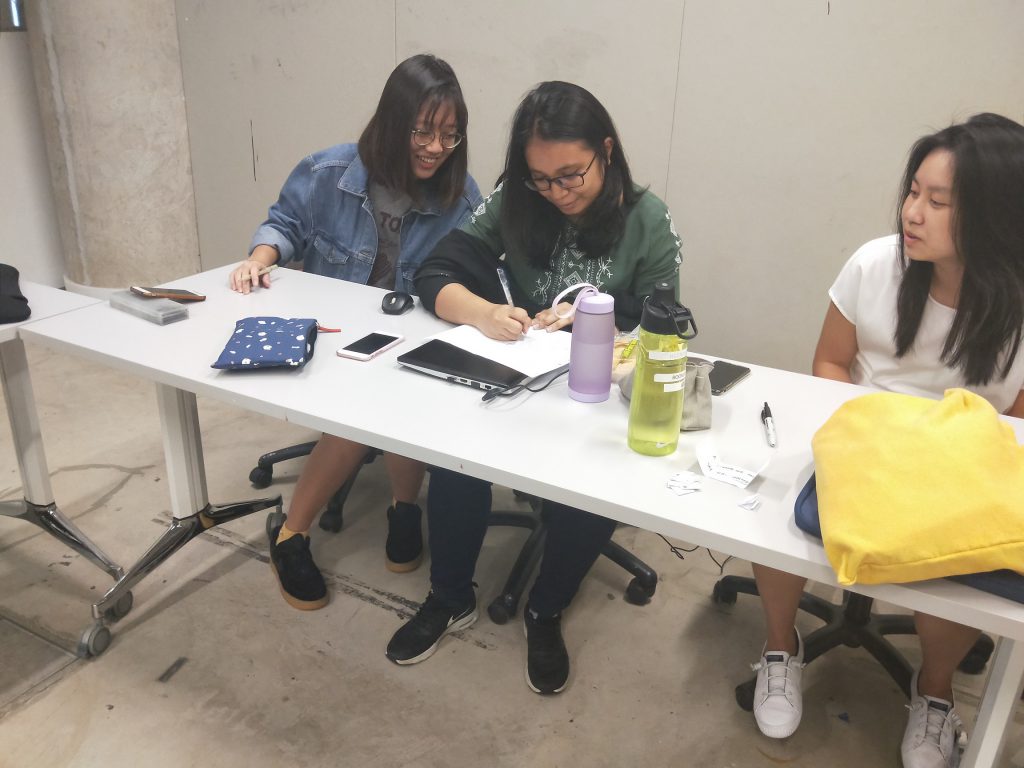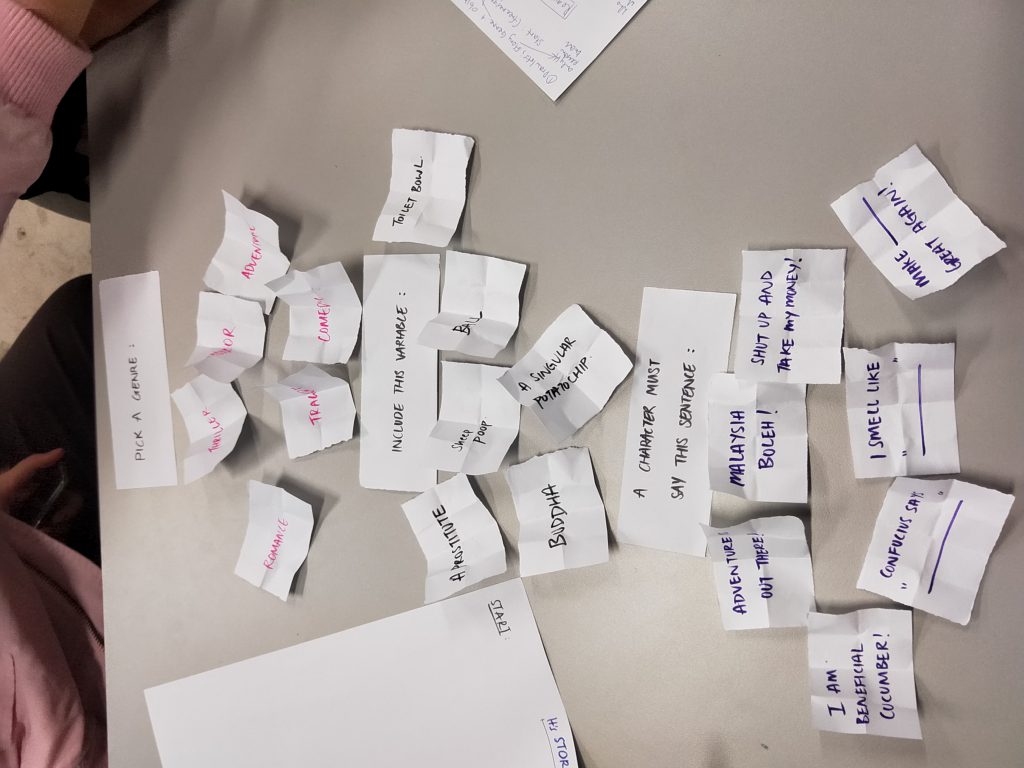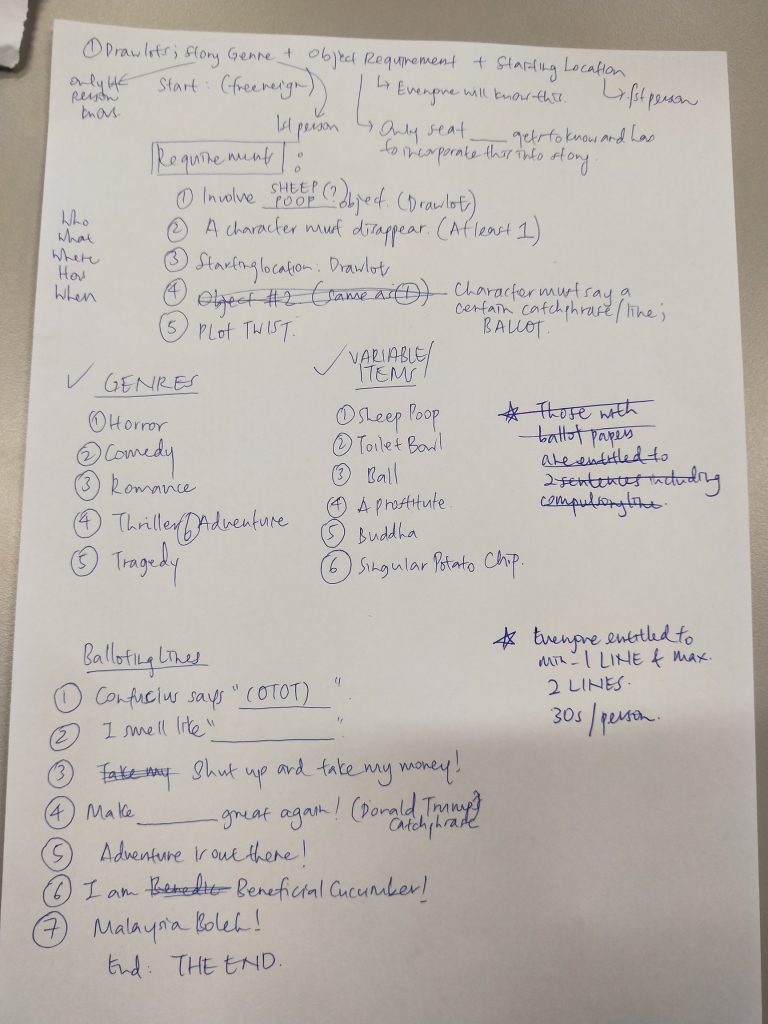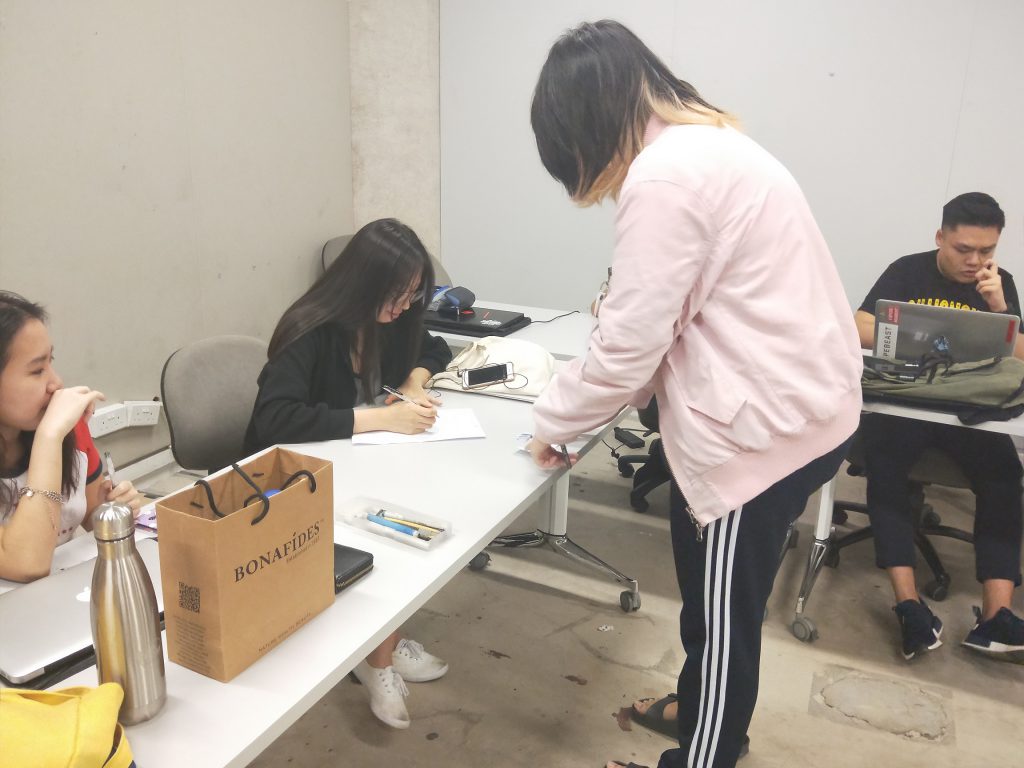Instructions:
Write short 300 to 500 word essay about your Art of Destruction project and incorporate (1) Menkman, R. (2009) “Glitch Studies Manifesto”, (2) Randall Packer, Conversation with Jon Cates (2014) Hyperallergic and (3) Interview with Chip Lord into your research critique post, using at least one quote from each article and/or interview to support your own research and analysis.
Review the following questions in your essay:
- How does your project embrace problems, inconsistencies and accidents?
- How is the medium in your work transformed from its original state through the act the deterioration and destruction?
- How is glitch and destruction an act of artistic expression?
Group Mates: Celine, Amanda, Joey
For our Art of Destruction project, our group decided to go with video as our art medium. We decided to put together different definitions of glitch to create a whole glitched video. First, we took random videos filming weird and every day scenes that were inconsistent. Then, we edited the videos we took to make it unnatural; speeding up, slowing down, adding filters, etc. These changes took place gradually, from the little glitches until it wildly subverted our expectations and had no calculated order.
These were the first 2 glitches; one because it does not make sense, and two because it was not natural. Yet, a sense of continuity and a small curiosity about what random scene would come next was still retained. The final glitch occurs because as three people in a team, we have different editing styles and ideas with regards to how to glitch our videos and what scenes to take for our video
As Jon Cates has stated in his interview, “this approach to noise, or noisiness, or dirt, or dirtiness, is a way to foreground as you say, an aberrance or perversion of normative message or what we might perceive to be logical reasoning”. This project embraces the abnormalities as an addition to a complete artwork, with each layer concealing a different original idea. Also mentioned in Glitch Manifesto, “destruction can change into the creation of something original”. It is precisely because each part is so broken and incomplete that they complement each other despite not being cohesive. As a result, it becomes something original because it is not an artistic norm. Over here, we can highlight how destruction helps to piece together a new form of art.
Art is defined as the expression or application of human creative skill and imagination, typically in a visual form. In society, people are usually accustomed to normal ideas because of what society imposes on us. The abnormal is rejected and regarded as a disability. As a result, everybody’s ideas end up similar to be accepted. Glitch and destruction is an act of artistic expression because they become original by breaking down normal ideas with creativity and imagination. As Chip Lord has implied in his interview, to create a new form of original art is to go against the currents of natural currents of conventional expectations. They ignore social norms and create something entirely new to be appreciated. It is when “problematic ideas” become accepted that they become less original.
Hence, the lack of cohesiveness, the disturbances to the natural sequence of our videos and the randomness of the scenes which discourages understanding creates a destructive art piece; one that is illogical yet still a complete whole in the end. It is imperfect, but we recognize this imperfection and flawed art piece as a proper composition.

